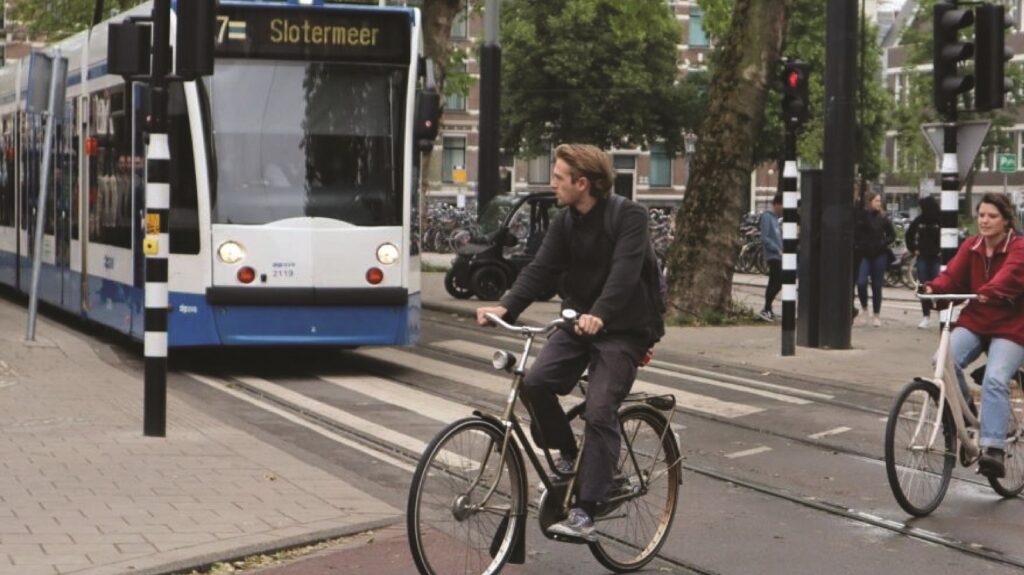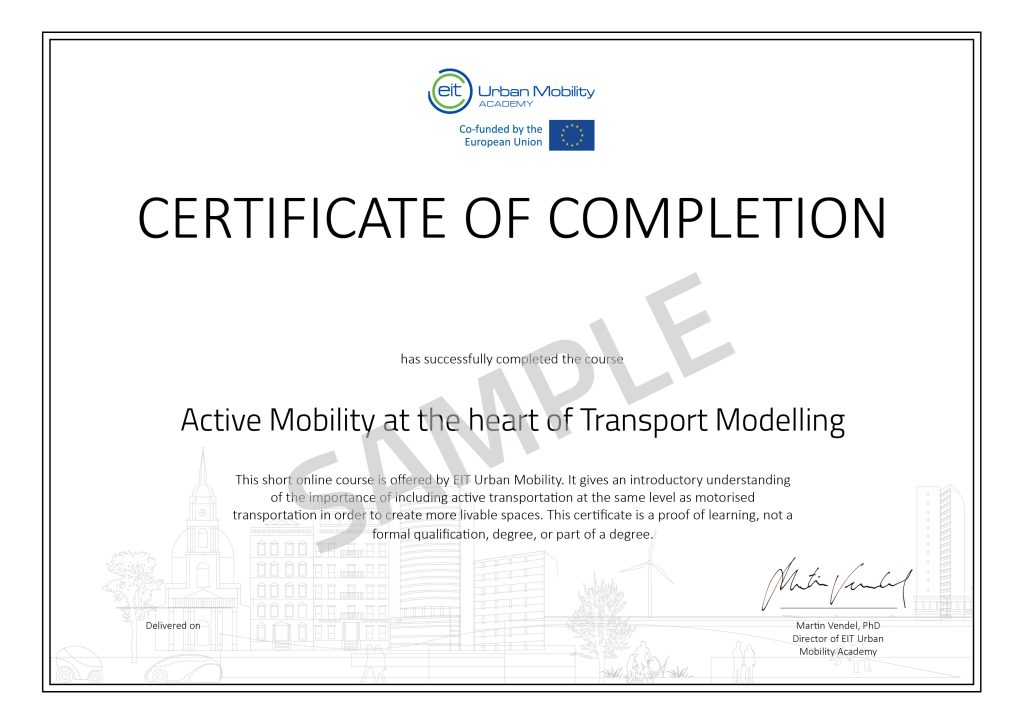Ratings and Reviews
4.5
Avg. Rating
2 Ratings
5
1
4
1
3
0
2
0
1
0
What's your experience? We'd love to know!
Login to Review
What's your experience? We'd love to know!
Login to Review




Speaks volumes in simple words about how active mobility usage has induced its benefits through true case studies. About the paradigm shift that is happening and must be followed by all during the modeling of traffic participants.